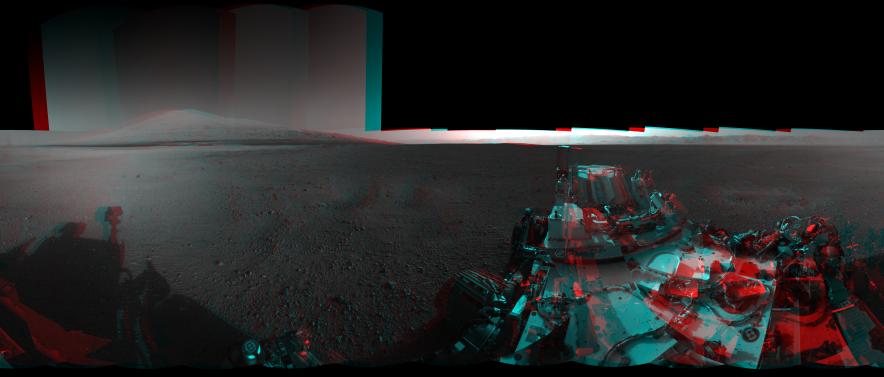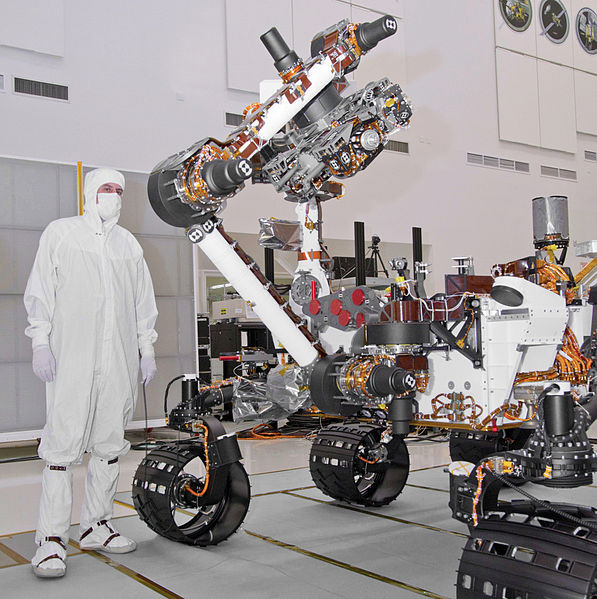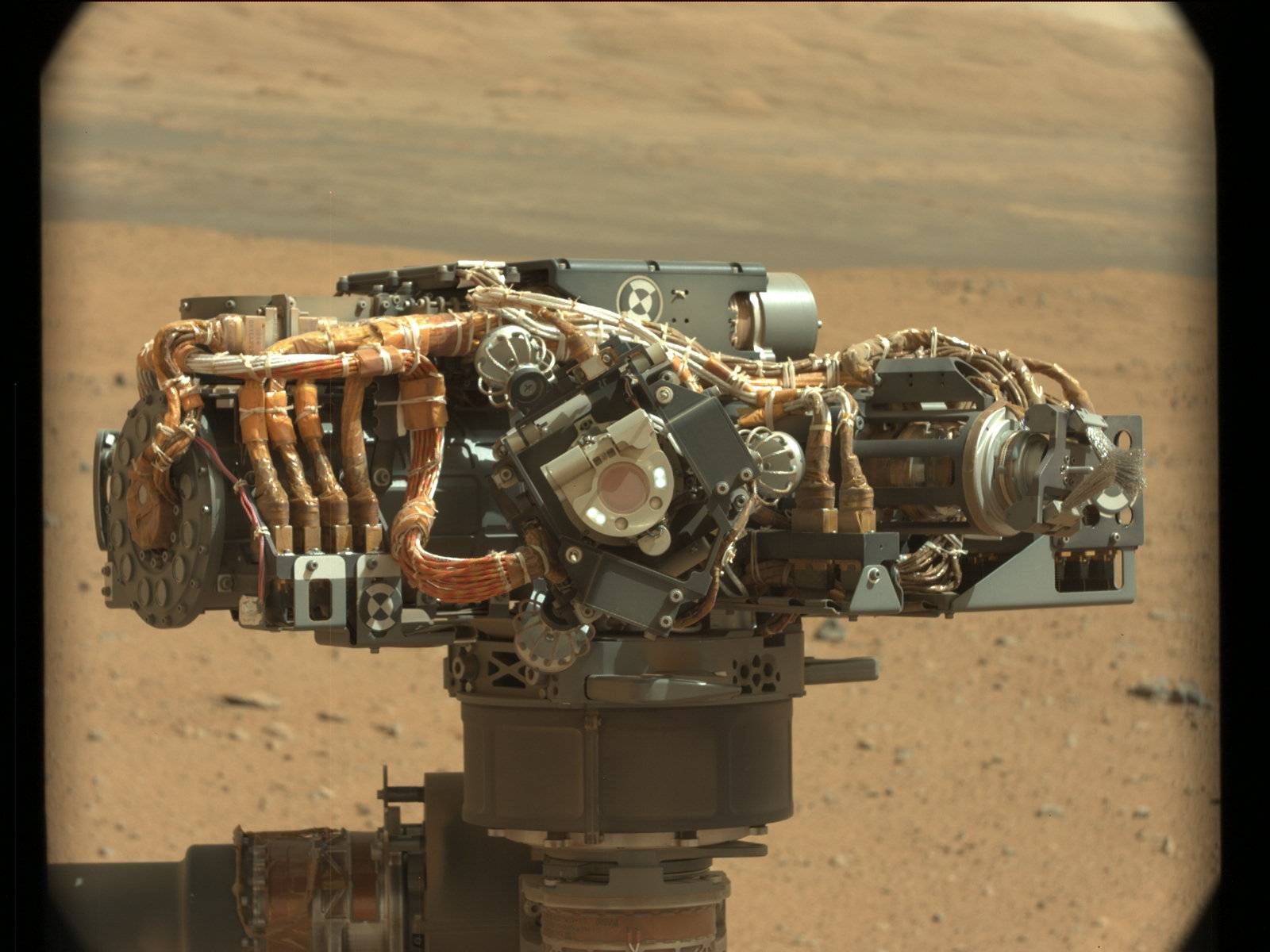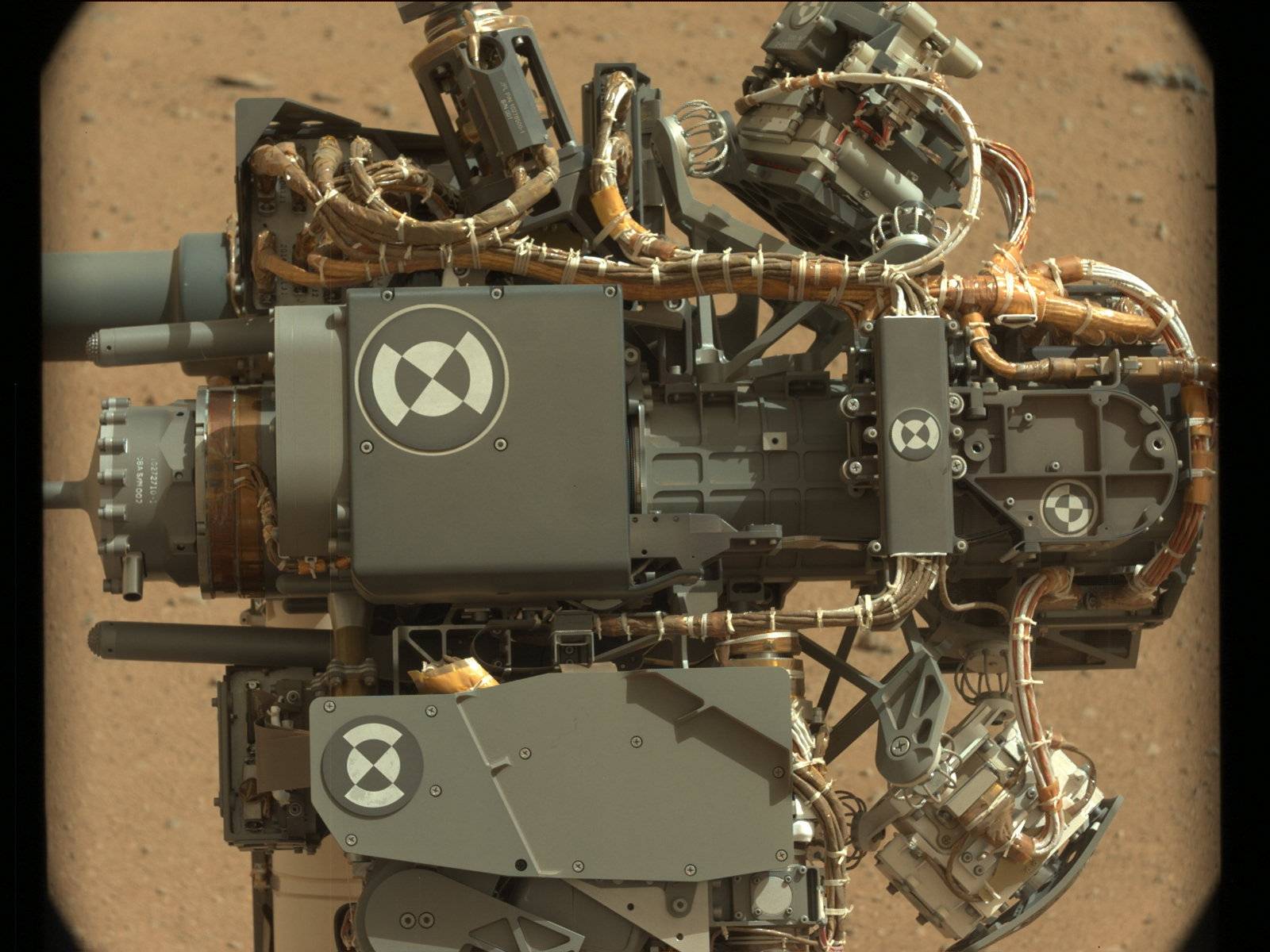Independent video producer Bard Canning spent four weeks painstakingly reprocessing imagery released earlier by NASA showing the rovers near-perfect descent as captured by its onboard Mars Descent Imager (MARDI), a downward facing camera.
The original imagery, 297 frames, was compiled by NASA into a video that shows the rovers final two-and-a-half minutes of a 14-minute, hair-raising descent that involved an abrupt 14,000-mile-per-hour to zero slowdown. The rover began capturing the imagery just before it ejected its heat shield, which can be seen in the first few seconds of the video.
Canning used a video processing technique known as motion-flow interpolation, which involves creating new frames to fit in between existing frames, increasing the overall frame rate from the original, which was just 4-frames-per-second, and making the video appear more fluid at 30 frames-per-second. He also enhanced the color and the detail of the imagery and re-rendered it at enterprise-quality 1080p, 50,000 kbps (instead of the usual ~1000kbps).







